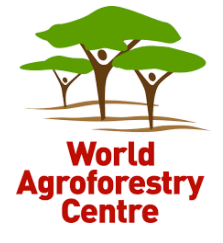VIDEO | Landscape Restoration in Ethiopia Brings Watershed to Life
The village Abraha Atsbeha is surrounded by lush trees. Cattle find pastures to graze on and there is enough water to irrigate the crops. This would be an ordinary story for rural life in the northern hemisphere or other fertile regions, but for a drought stricken country like Ethiopia it sounds astonishing.
The change that happened over the past 15 years, transforming previously barren lands, is a consequence of good governance and appropriate interventions of soil rehabilitation and water management. Another important factor was implementing restrictions to cattle grazing, so that the vegetation could recover. Only “controlled grazing” is allowed.
Community leader Gebre-Michael Giday tells the story of how the villagers were dependent on government donations all year through – from 1984 to almost 2002. These days are long gone for Abraha Atsbeha.
The soil rehabilitation program gradually stabilized water flow and in the wake natural regeneration of vegetation on the surrounding hills was enabled. This led to increased soil water infiltration and ground water recharge. “You treat the land with different structures such as check dams and terraces,” explains Giday. “Add small water catchments and then you get the water banks.”
For more information see World Agroforestry Centre

